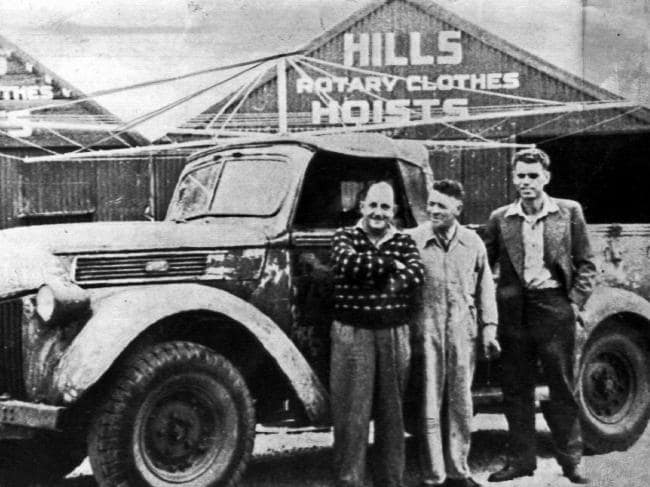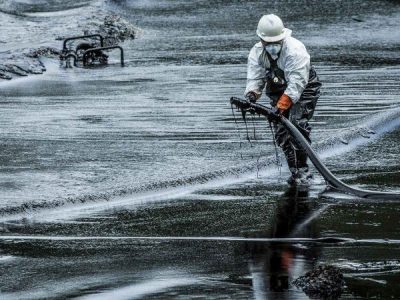An Australian staple in backyards across the country, the hills hoist, or rotary clothesline, could easily be one of the most iconic Australian inventions of our time. From humble beginnings in Darriwell, Victoria, the hills hoist was the brainchild of 14-year-old Gilbert Toyne in 1902 and it had a pretty rocky journey to the top. Toyne’s name is one that often gets lost in history and taken over by a man who managed to take the hills hoist to the next level with his savvy business skills. However, Toyne’s story is one that deserves to be told as he is, after all, the man who made it happen.
Toyne came from a large family with 12 siblings and the washing pile highlighted that fact. Watching his mother struggle to wash and dry the extensive amount of clothes each and every day- a task that would sometimes take up hours of her time- Toyne had a desire to make the job easier, more efficient, and more effective. He grew older and partnered with Blacksmith Lambert Downey and together, in 1911, they launched Aeroplane Clothes Hoist Company at Melbourne’s Royal Agricultural Show. The original design managed to take off as they marketed the clothesline as ‘cutting-edge’ with its ability to raise the lines high and prevent clothes and sheets from dragging on the ground whilst catching a breeze.
Although the first few attempts were durable, they were industrial in appearance and still required a number of tweaks to be made for in order for the contraption to become economical and more domestic. The heavy rack-and-pinion system alongside the metal ‘teeth’ made it difficult to use without getting the user’s fingers caught.

source: news.com.au
The future of the labour-saving hills hoist took a dive when Toyne was enlisted in World War I where he survived being gassed and as well as buried by an exploding shell. Upon his return, personal circumstances meant his company needed to start over but this didn’t phase Toyne as he worked to refine the features that made the clothesline so unique. He worked to give customers a selection of different sizes from the smaller and most cost-effective ‘Toynette’ to larger hoists which had a diameter of up to 6 metres for families like his own where washing was a timely activity. After developing the hydraulic version, and inventing the Ezewac — a clothes-lifting device that helped transfer wet clothes from copper to trough and mangle- Toyne was adamant that it would be hugely successful and took his business to NSW. Unfortunately, The Great Depression had a significant impact on sales.
In 1941, Toyne let the patent for the history-making hoisting mechanism lapse, which opened the doors to competitors allowing them to make their mark. Most stories paint Lance Hill as the mastermind inventor as he had the sales and marketing skills to transform the hills hoist into the household name it is today. As suburban homes throughout the 1950’s thrived and old school advertising was at its peak, the product took off and became an essential feature of Australian backyards.
Australian culture would not be the same without the good old hills hoist so it’s important to understand how the product was developed over the years to become the icon it is now. The team at Prime Engineering is always here to help you develop your ideas and assist in all things mechanical engineering. With over 30 years of industry experience, you can have confidence knowing your next project will be in great hands. Get in touch today to find out more.



